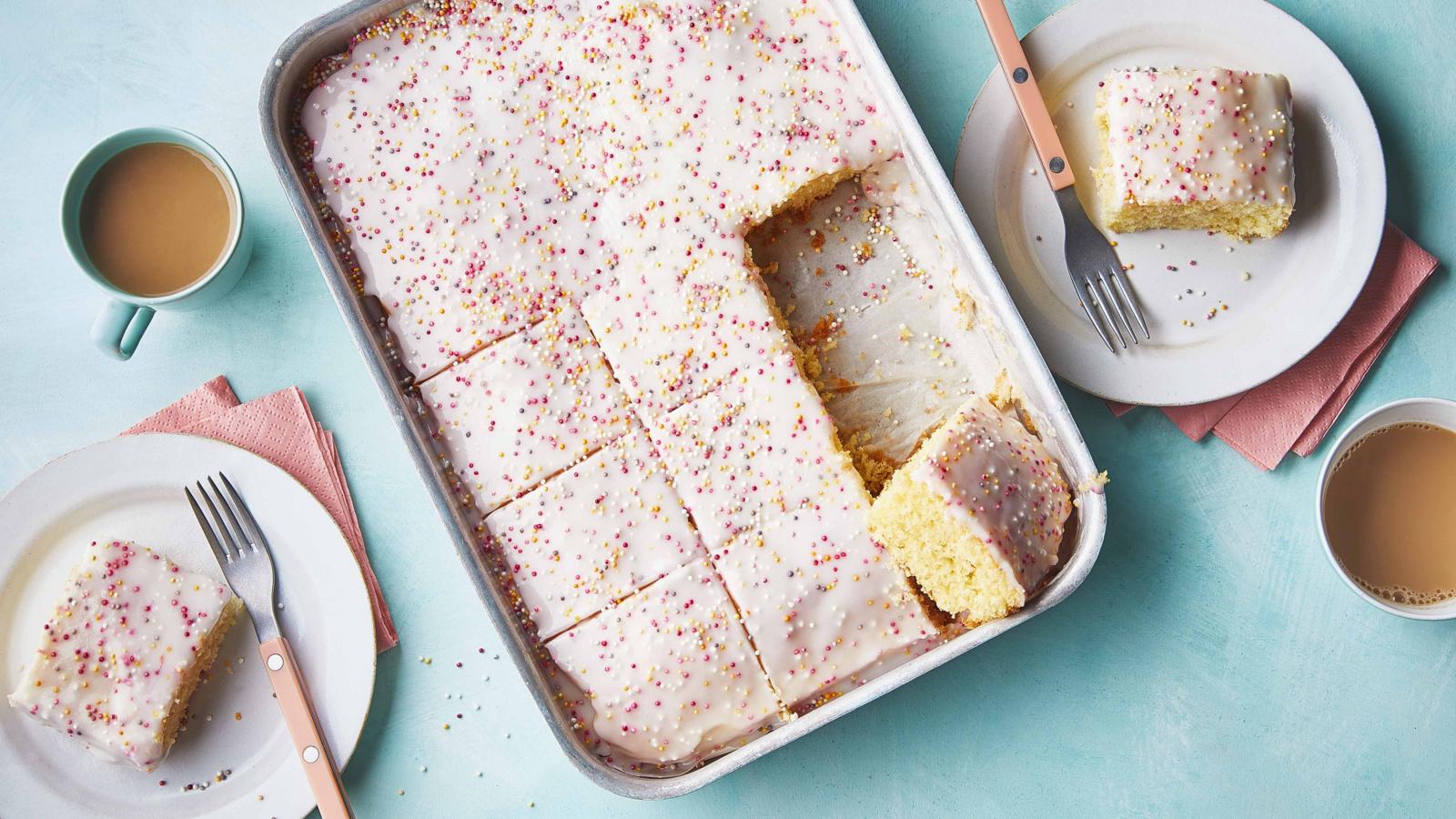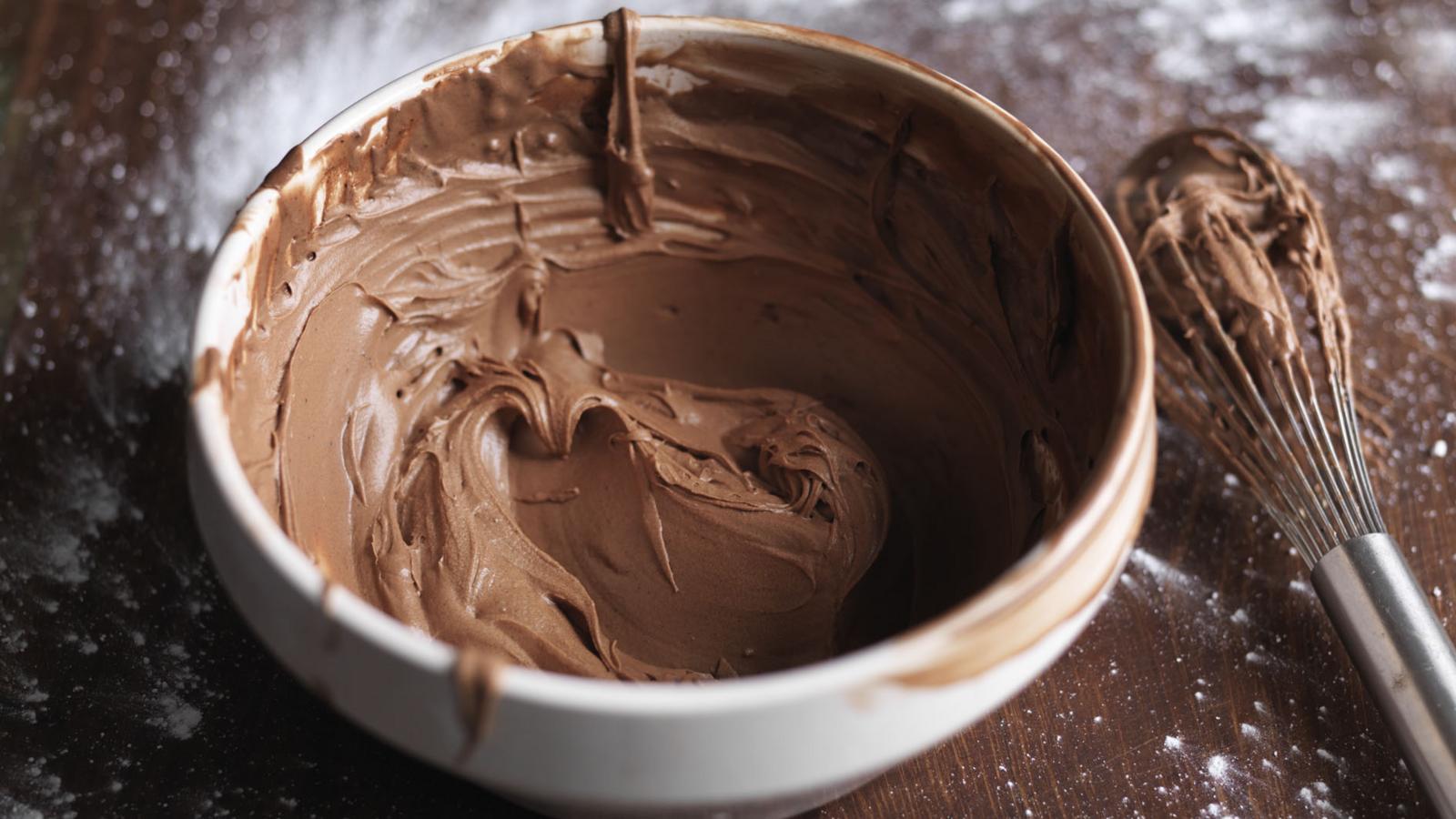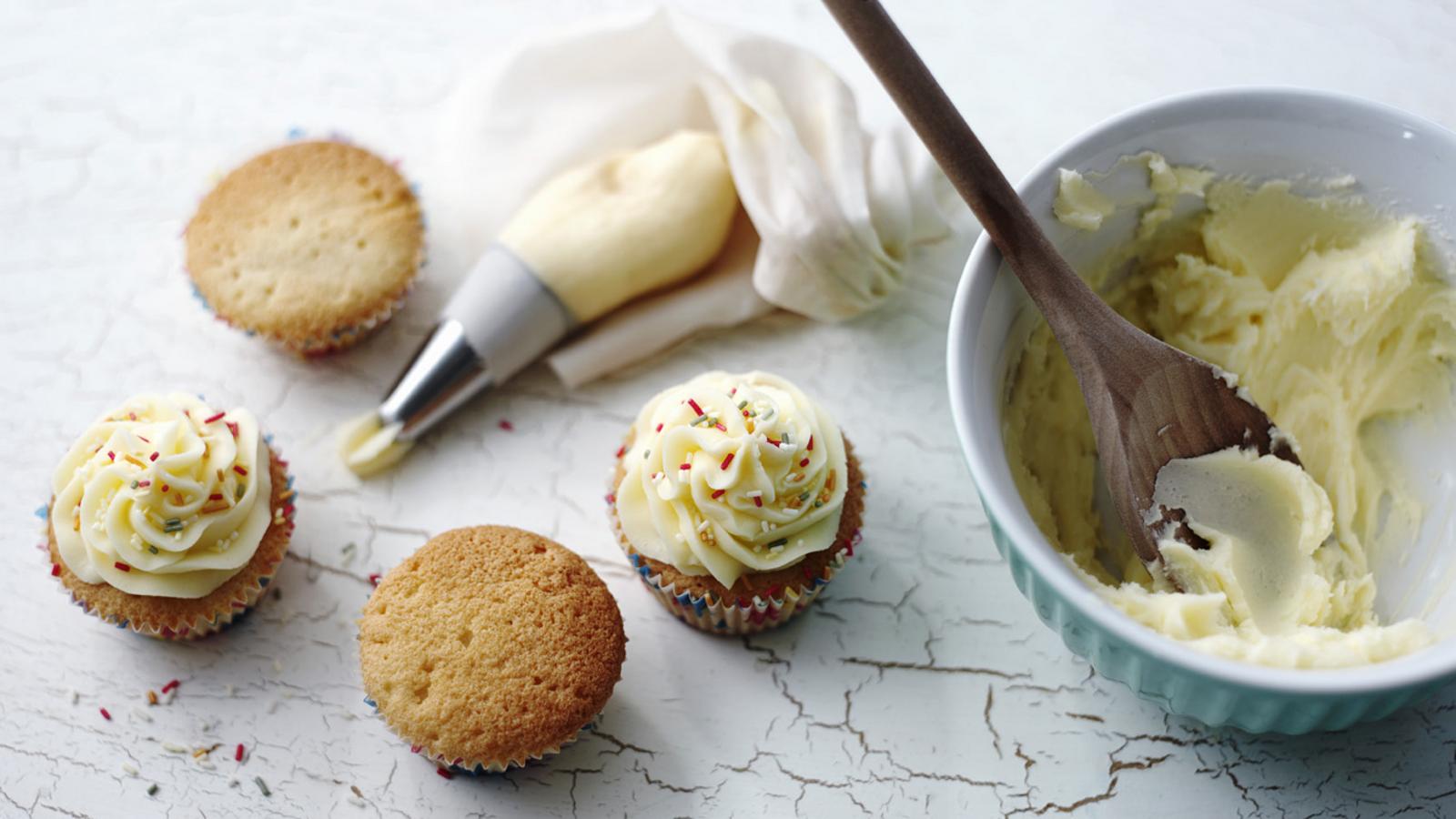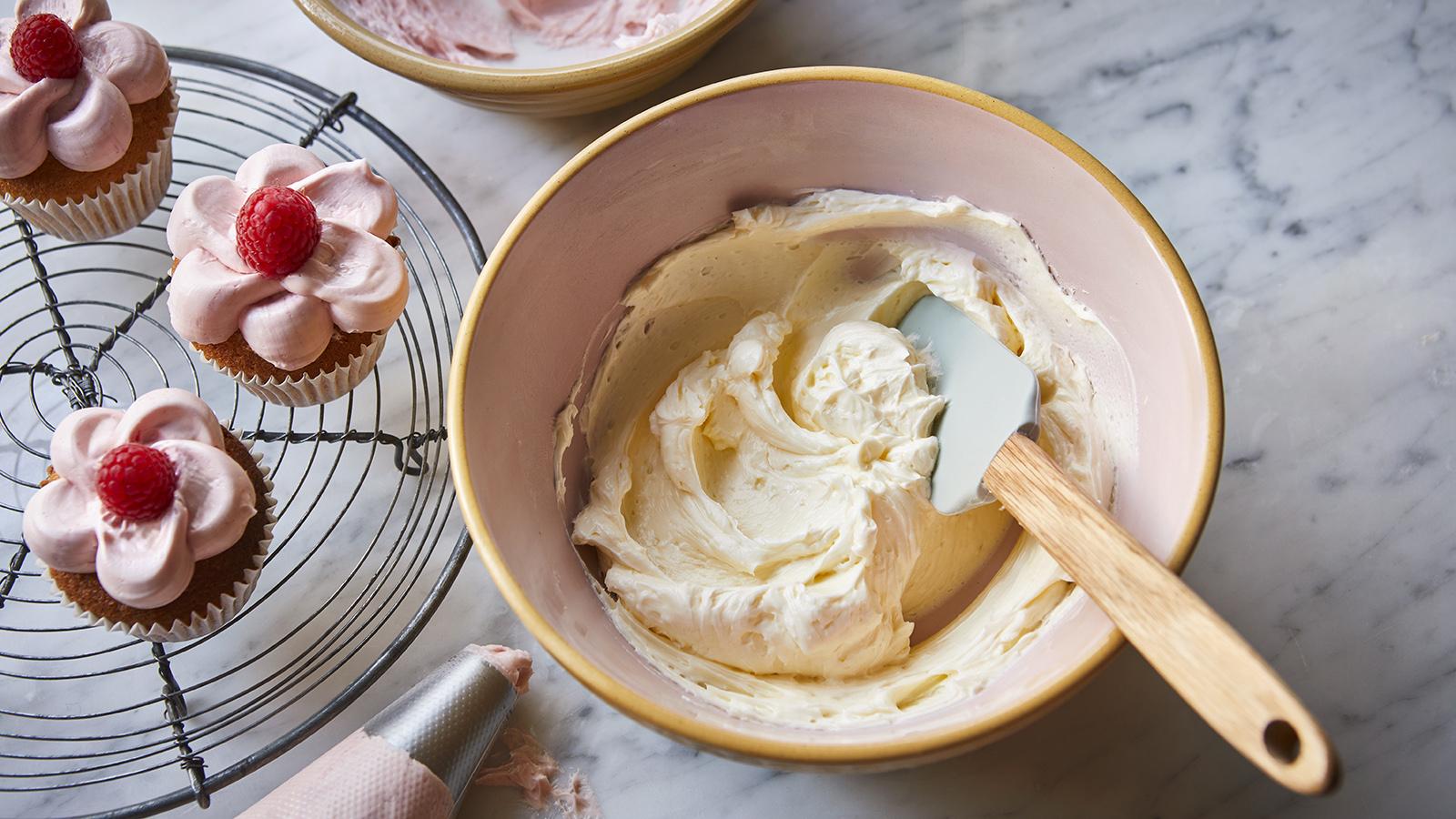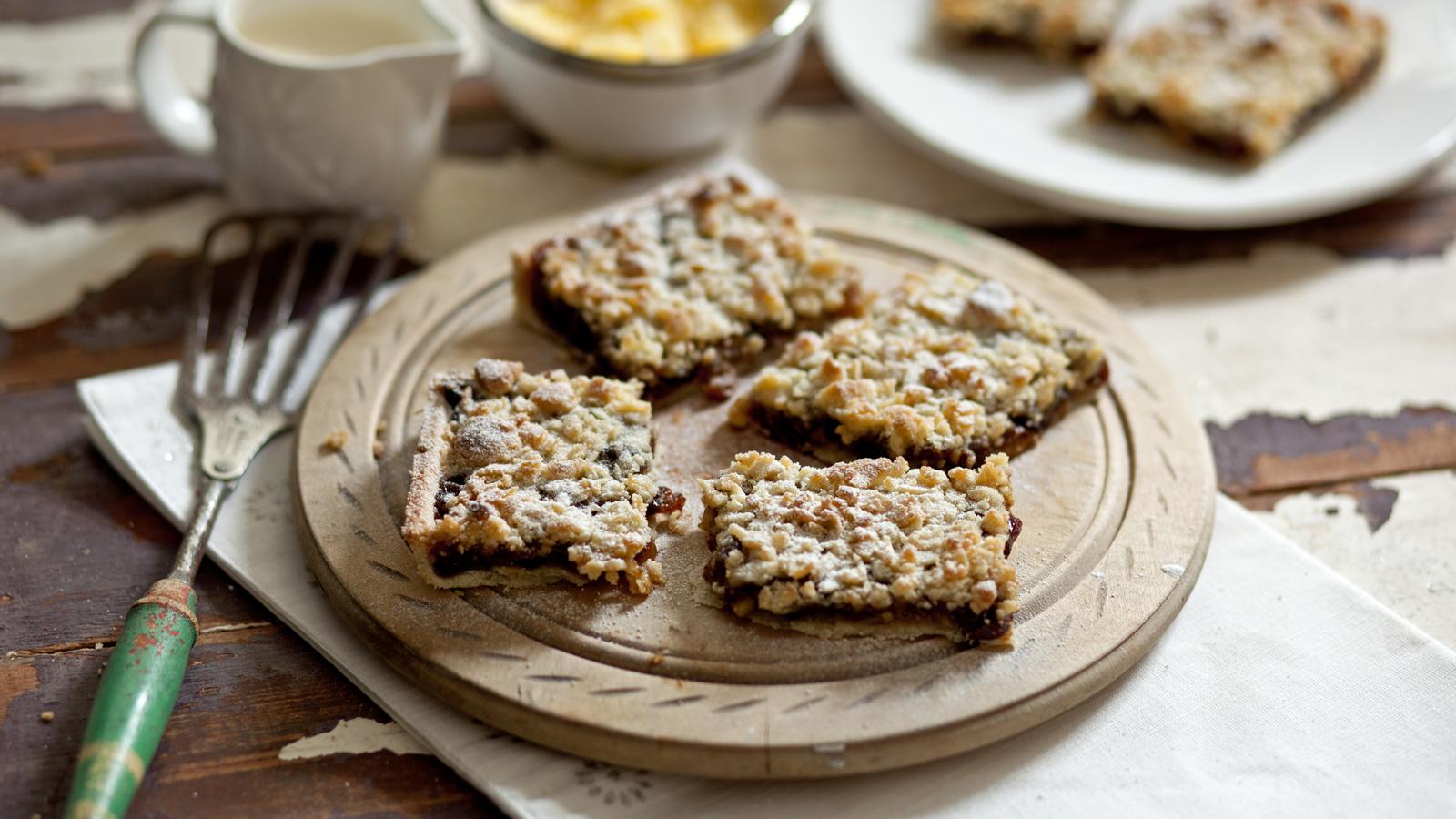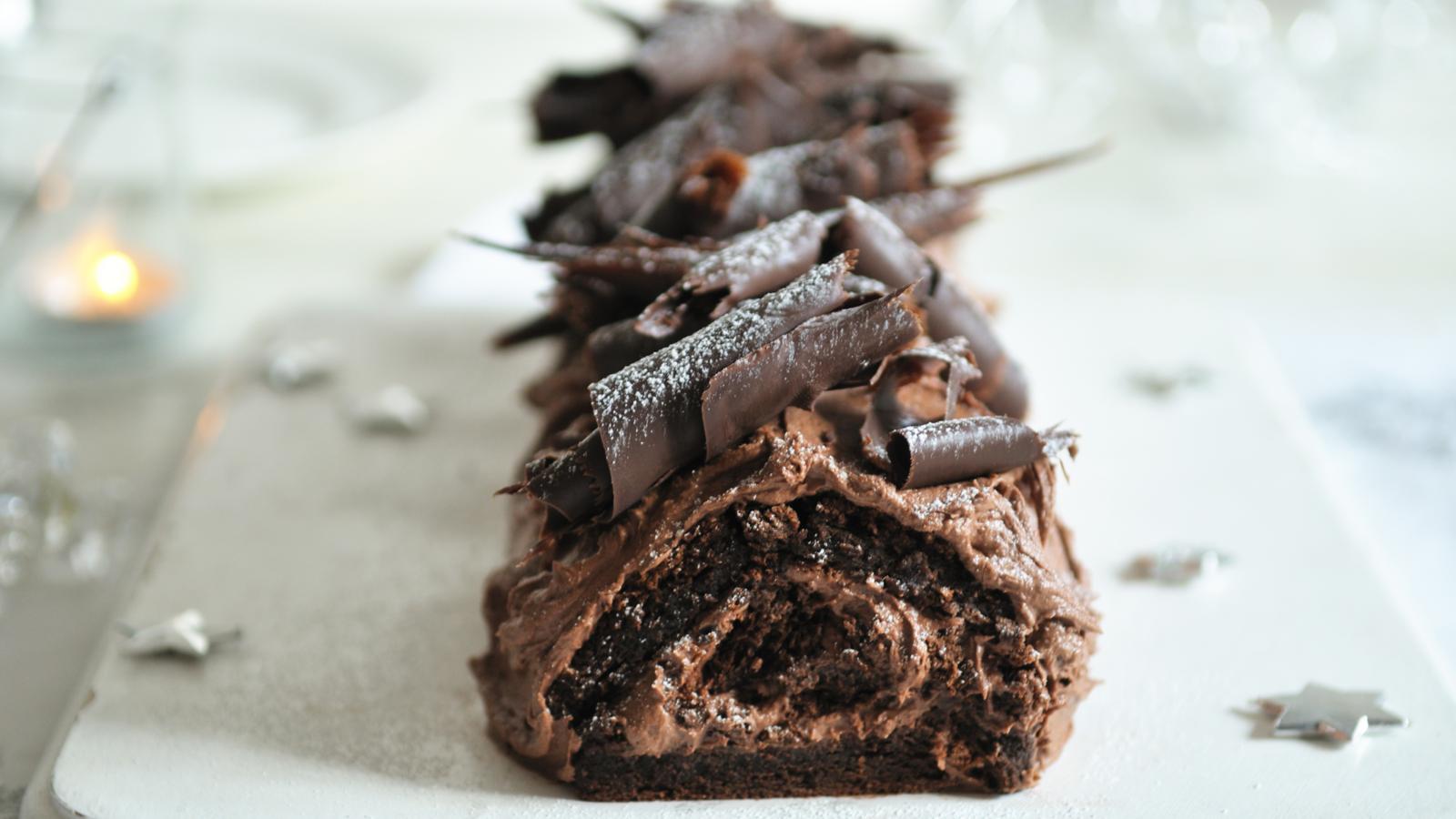Basic buttercream icing
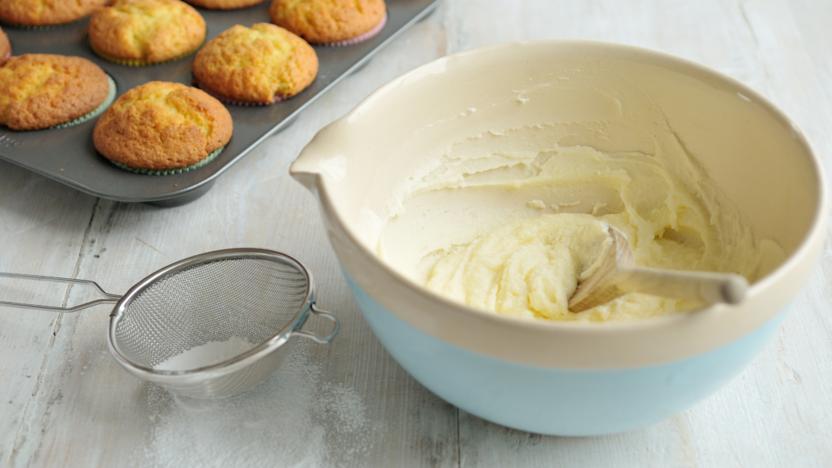
- Prepare
- less than 30 mins
- Cook
- no cooking required
- Serve
- Makes enough icing to fill 1 medium cake, 6 cupcakes or 12 fairy cakes
Use this simple buttercream icing recipe to decorate your birthday cakes, cupcakes and sandwich biscuits. Try adding a little food colouring gel for a splash of colour to your butter icing.
Ingredients
- 140g/5oz butter, softened
- 280g/10oz icing sugar
- 1–2 tbsp milk
- ¼ tsp vanilla extract
- few drops food colouring
For the orange buttercream variation
- 1 large orange, zest and 2 tbsp juice
For the chocolate variation
- 25g/1oz cocoa powder
- 75g/2½oz milk or dark chocolate, melted
Method
Beat the butter in a large bowl until soft. Add half of the icing sugar and beat until smooth.
Add the remaining icing sugar and one tablespoon of the milk and vanilla extract and beat the mixture until creamy and smooth. Beat in the remaining milk, if necessary, to loosen the mixture.
Stir in the food colouring, if using, until well combined.
For the orange buttercream variation, omit the milk and vanilla from the basic recipe. Stir in the orange zest and juice until thoroughly combined.
For the chocolate variation, omit the milk from the basic recipe. Cream the butter and sugar, as above, also adding the cocoa powder. Allow the melted chocolate to cool for 10 minutes before adding to the whipped butter and sugar. Beat until well combined.
Recipe tips
If your icing sugar is a bit old and pebbly, sieve the icing sugar to eliminate any clumps as these will not dissolve in the butter icing.
Gel colours work much better in buttercream icing than liquid food colouring because they give more colour without making the icing sloppy.
If you want an extra silky buttercream swap the milk for double cream, or a mix of both.
Make sure your cake is cold before adding buttercream icing. Any residual heat will melt the butter in your icing and make it difficult to work with or even melt completely and slip off your cake.
To make ahead
Buttercream can be made ahead and stored in an airtight container in the fridge. It will harden in the cold, so when you’re ready to use it, bring it to room temperature then briefly whip again with an electric mixer until light and fluffy.
Buttercream icing freezes brilliantly. Keep it in an airtight container (label it, so you remember what it is!) for up to 3 months. Defrost it in the fridge and give it another beat with an electric handheld mixer to loosen it up again.
Occasionally previously frozen buttercream will split or curdle when thawed, if this happens, remove a couple of tablespoons and heat until just melted. Whip the melted buttercream back into the rest and you should end up with perfectly smooth buttercream.
What happens if you overwhip buttercream?
It can be tempting to keep beating, but this can cause your buttercream to look grainy because you’ll create lots of air pockets (which will make it hard to achieve a smooth finish if you are icing a cake). Before adding the icing sugar you can beat the butter for ages without causing any problems, but once the icing sugar is incorporated it is possible to overmix. Aim to beat the buttercream for 3–4 minutes or until light in colour, smooth and fluffy.
If you have overbeaten your buttercream, let it sit at room temperature for a few minutes and then use a spatula or palette knife to gently press the icing against the side of the bowl in sweeping motions. This will break up the air bubbles. After a few minutes you should see it starts to look much smoother.
Why doesn’t my buttercream hold its shape when piping?
If your room is too warm or your buttercream is too soft (from adding too much liquid) it will droop after you pipe it.
If making buttercream in a very warm kitchen, you might need to chill it to get the right consistency (warm buttercream is very loose and won’t hold its shape when piped). Pop the bowl of icing in the fridge and mix every 4 –5 minutes until the desired consistency is achieved.
The weather can have a big effect on your buttercream. In very humid conditions, you may need to add more icing sugar than usual as it will absorb moisture from the air. On warm days you will need to chill the iced cakes to prevent the buttercream from melting (though this is rarely a problem in the UK).
